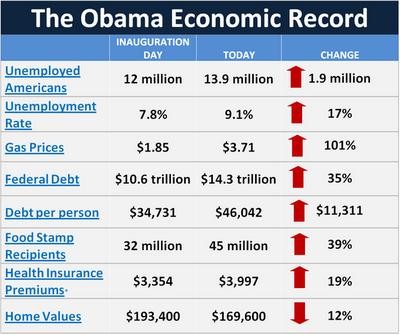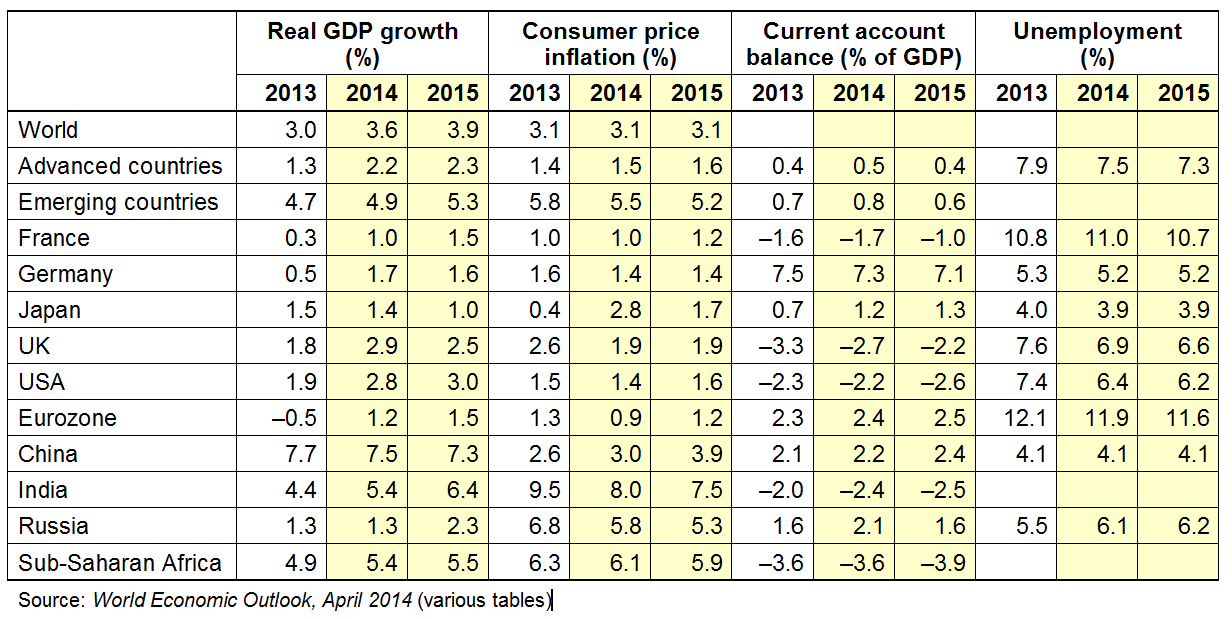Why Are Economic Indicators_1
Post on: 29 Май, 2015 No Comment

An economic indicator is a statistical report about the economic condition. It allows traders to analyze past and current economic performances as well as to predict future market trends.
Why Are Economic Indicators important?
No matter what stock you buy, its price will be affected by the general market trends. Have you ever came across a company that constantly reported good news but its stock price kept going down? One of the reasons why is that it might have been affected by the general weak market conditions. For example, suppose you are holding a restaurant stock and the current market is weak with oil price continually going up and the job market going down. As oil price is going up, people will drive less and, therefore, less people will go to restaurants. Likewise, if the job market is going down, people will worry about job cuts and tend to save more money and, therefore, go to the restaurants less than they used to. Some people might simply sell stocks to pay their expenses, such as mortgage, because of layoffs. As more people are selling than buying the stock, the stock price goes down. These reasons have nothing to do with the restaurant stock that you are holding, yet your stock price is dragged down because of these causes. Therefore, it is important to know the general market trends when picking stocks.
Which economic indicators should you watch out for?
There are dozens of indicators out there, and I will list the most important ones. These indicators will help you predict the market trends in the near future and help you make trading decisions whether you are a long term or short term investor.
1. Employment Situation — This is the most important indicator. It is published the first Friday (8:30am EST) of each month covering the previous month.
2. Unemployment Insurance Weekly Claims — It is published every Thursday (8:30 AM EST) covering the previous week.
3. Consumer Price Index (CPI) — It is published 2 weeks of every month (8:30am EST) covering the previous month.

4. Producer Price Index (PPI) — It is published 2 or 3 weeks of every month (8:30am EST) covering the previous month.
5. Retail Sales — It is published two weeks of every month (8:30am EST) covering the previous month.
6. Institute for Supply Management (ISM) — It is published the first business of the month (10am EST) covering the previous month.
7. Durable Good Orders — It is published 3 or 4 weeks of every month (8:30am EST) covering the previous month.
8. Gross Domestic Product (GDP) — It is published on the final week of Jan, April, Jul and Oct (8:30am EST) covering the previous quarter.














